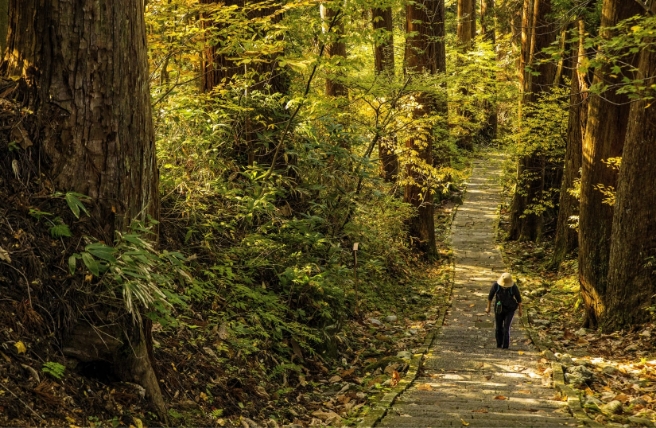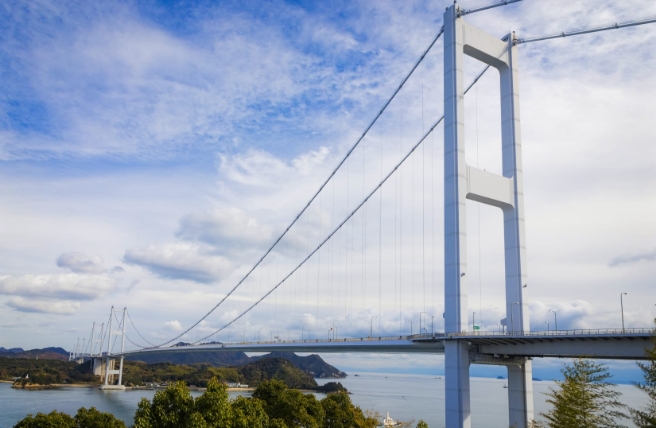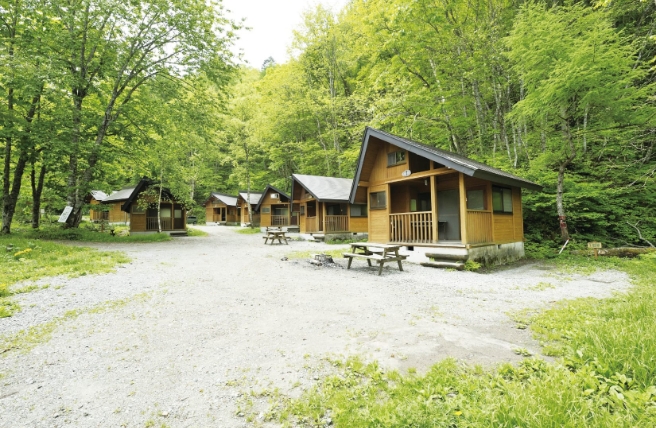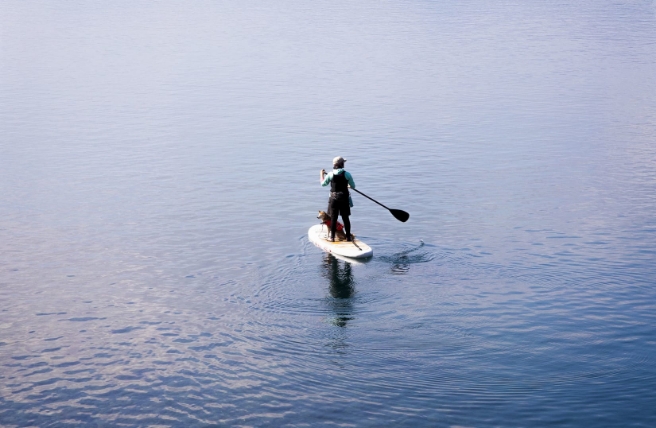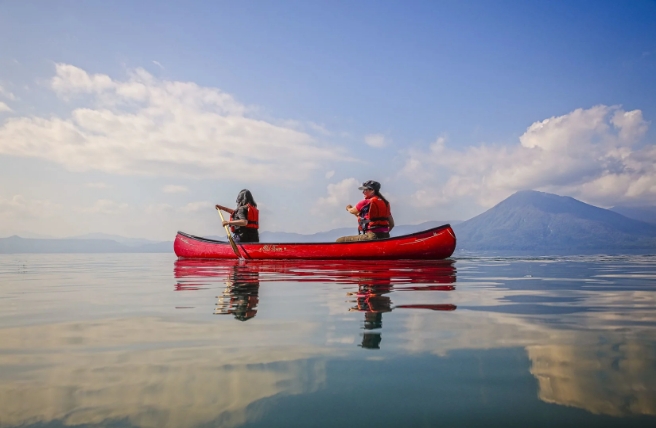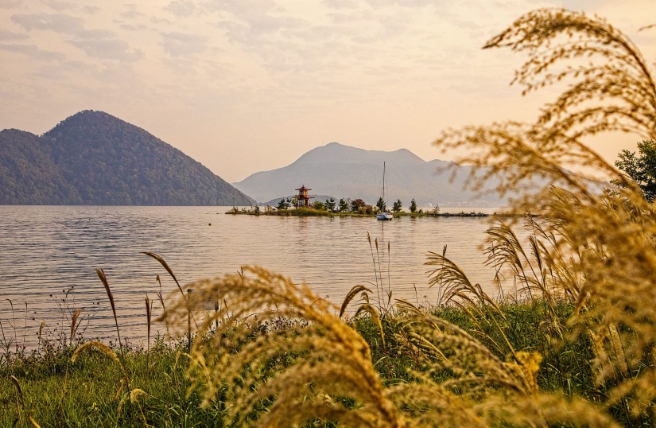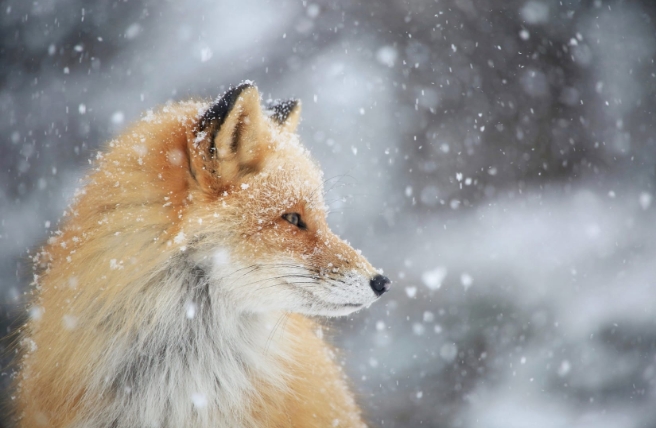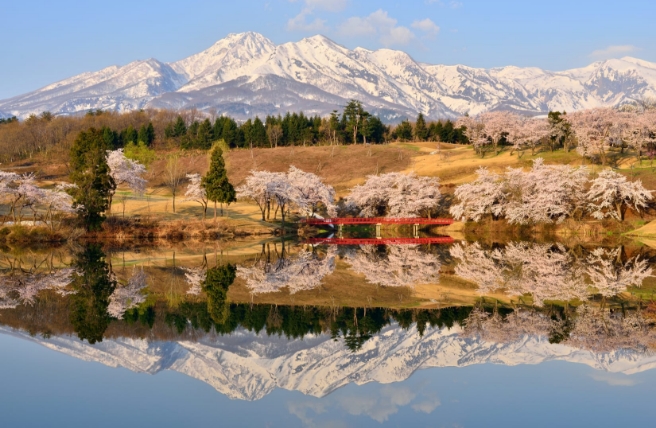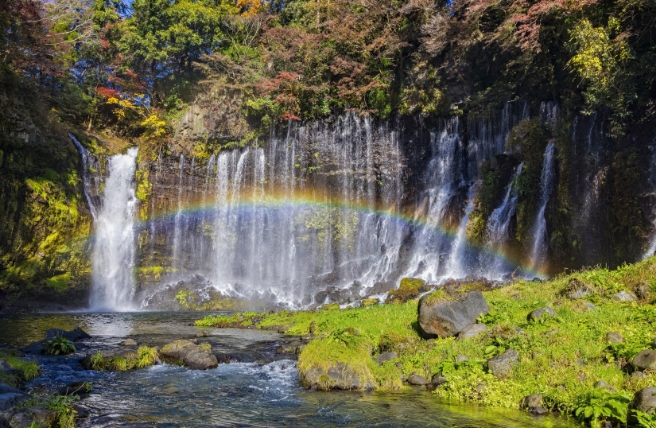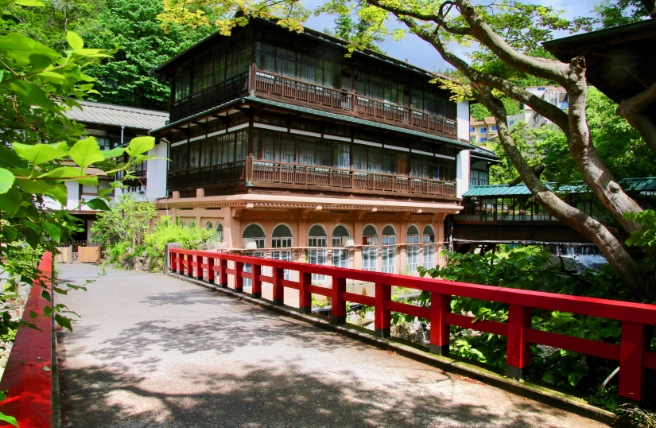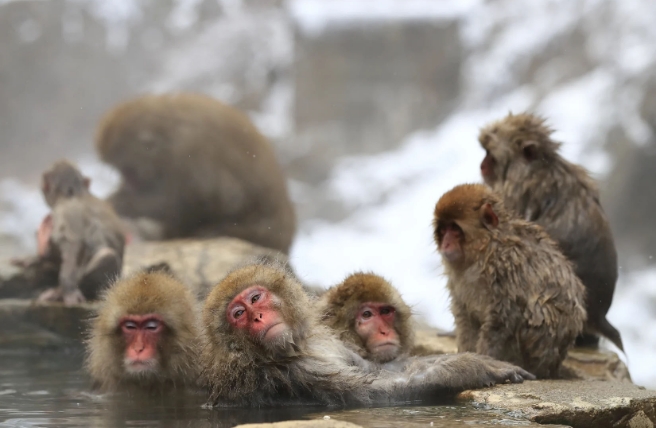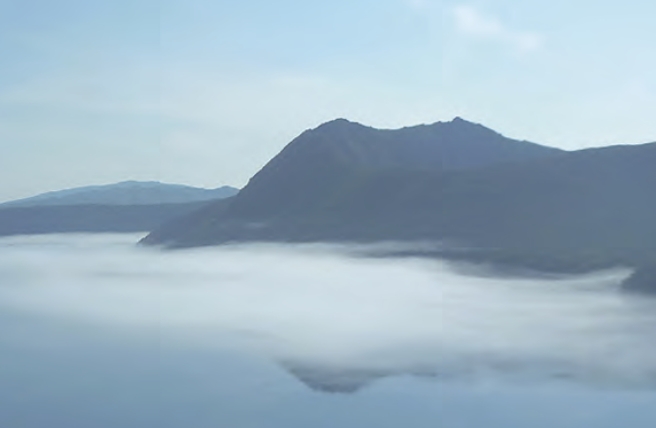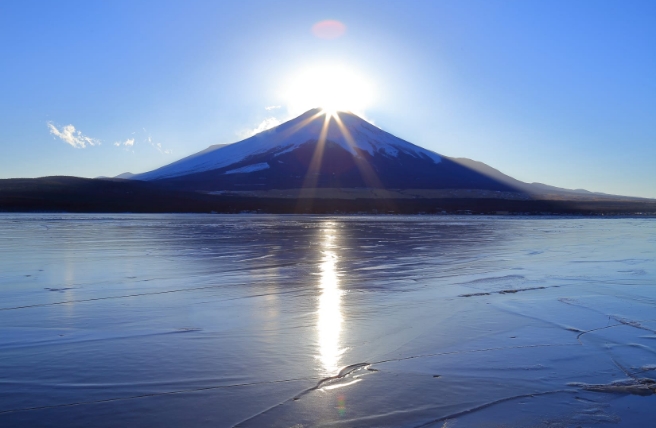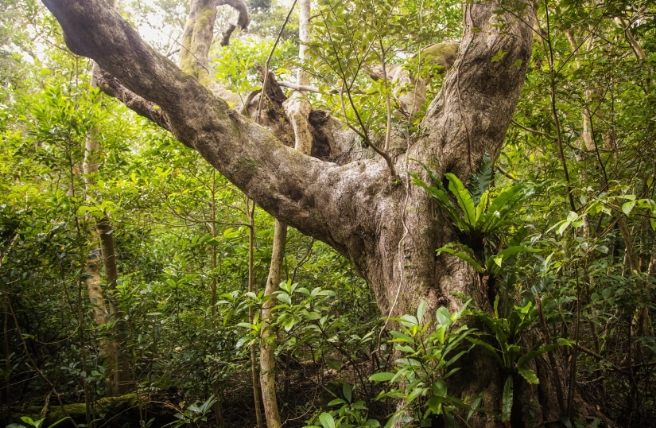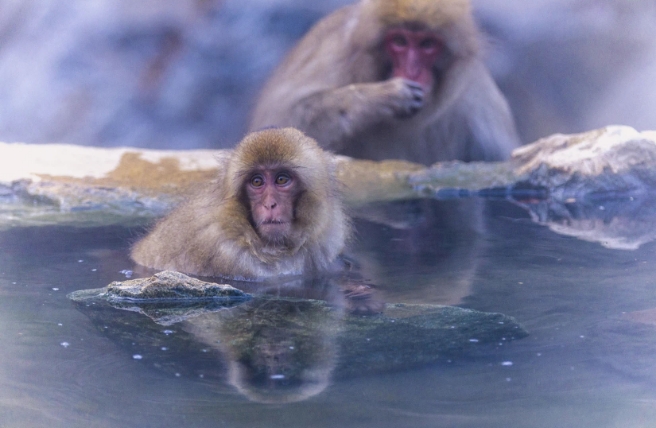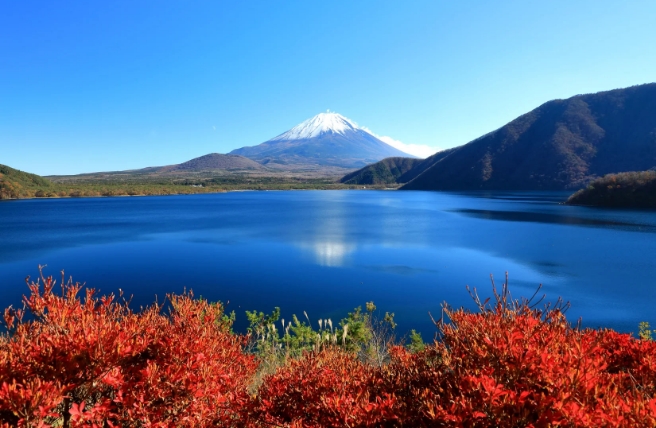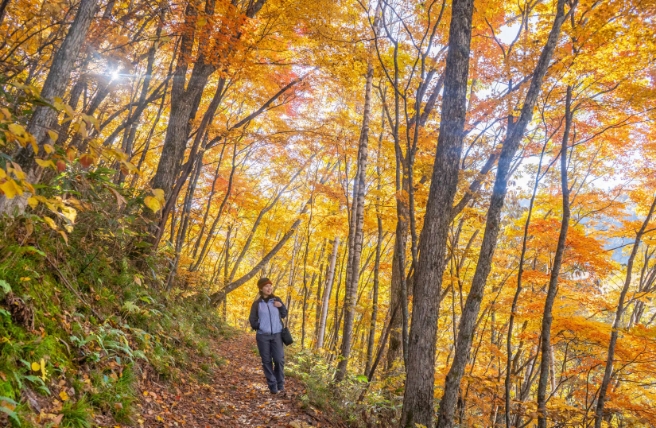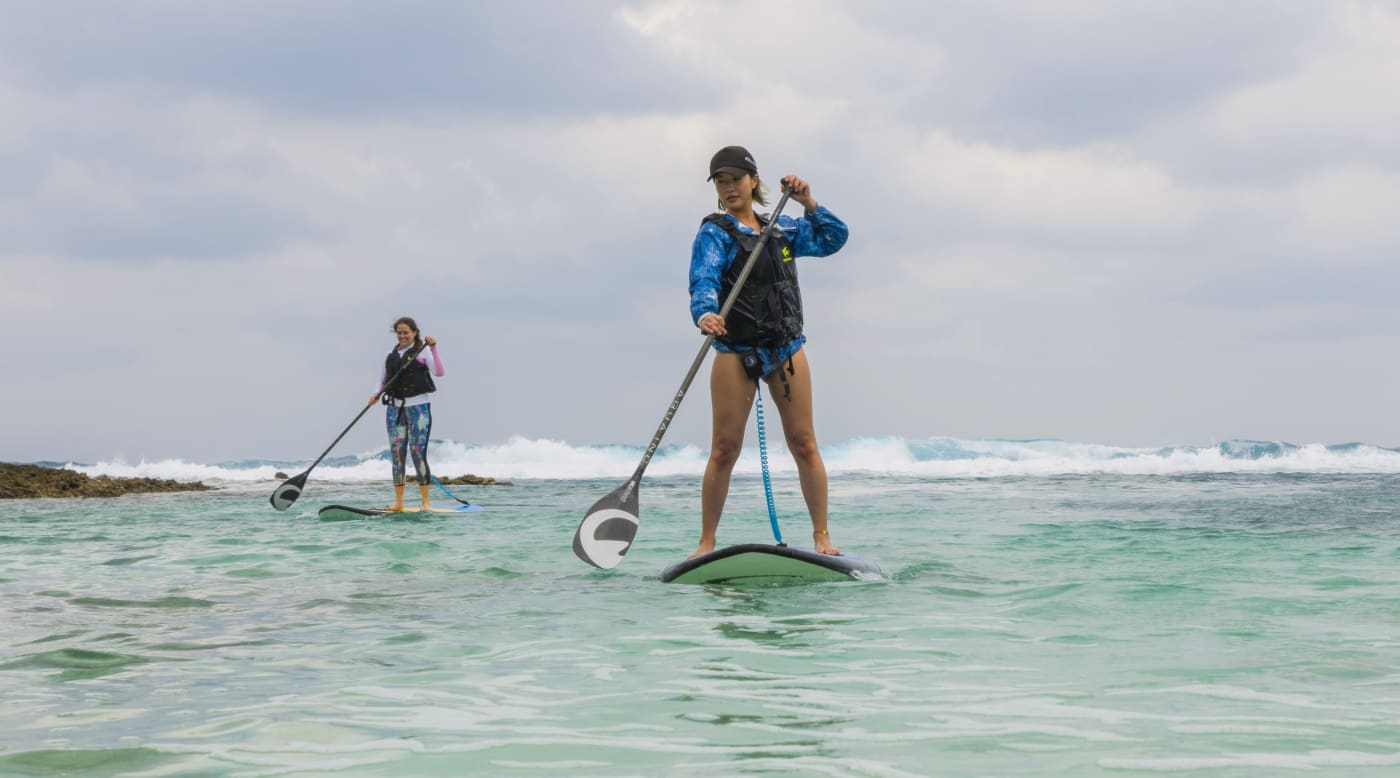Amami Oshima
Amami Oshima is the largest of the Amami Islands. Divers visit to seek out the colorful coral reefs and tropical fish. The northern part of the island is a popular resort area with white sandy beaches and coral beds. Sea turtles lay their eggs on Amami Oshima’s beaches, and flying fish are a hallmark delicacy of the island.
There are several forest parks on Amami Oshima with nature trails and observation platforms from which you can observe migratory and indigenous birds. You can observe some nocturnal bird and mammal species on night tours, including the Amami rabbit, considered a living fossil.
The Sumiyo Mangrove Forest on Amami Oshima is Japan's second largest mangrove forest. Kuroshio-no-Mori Mangrove Park has a resource center and viewpoints, and kayak touring is available.

Kuroshio-no-Mori Mangrove Park
Kikaijima
A two-and-a-half hour ferry ride east from Amami Oshima is the little island of Kikaijima. There are no tall buildings, and the Showa-era (1926–89) atmosphere is tangible. Clear waters, stunning coral, tropical flowers, indigenous butterfly species and roads lined with coral walls make this a nostalgic dream world. Watch the sunset at Sugira Beach and then head back for a sip of brown sugar shochu.

Kikaijima Coast
Kakeromajima, Ukejima and Yoroshima
Just across the Oshima Strait from the south end of Amami Oshima, the inhabited islands Kakeromajima, Ukejima and Yoroshima have traditional stone walls made of coral. The Oshima Strait is a popular diving and sea-kayaking destination.
Okinoerabujima
There are 200 to 300 limestone caves on Okinoerabujima Island. These atmospheric caves are full of stalactites and stalagmites, and one section of the Shoryudo cave system is open to visitors.
This is a coral island, with good conditions for snorkeling and diving. You're sure to see sea cucumbers, starfish and coral—and perhaps sea snakes, octopus, stingrays and reef sharks as well.
Tokunoshima
Tokunoshima is the second largest of the Amami Islands. Like most of the Amami Islands, Tokunoshima has a beautiful coral coastline where you can enjoy the usual water sports, including surfing. In June of every year there's an everyone-welcome triathlon. The island also has togyu (bull sumo) which brings pairs of bulls together to clash in powerful, lightning-quick fights before a wild crowd.
Yoronjima
Yoronjima is the southernmost of the Amami group. A tiny island with bright white sand beaches and a relaxed atmosphere, Yoronjima is another snorkeling and diving destination. Yurigahama Beach, a 1.5-kilometer sandbar that only appears at low tide, frequently changes shape.
From the ruins of Yoron Castle, built in the 15th century for the son of a king of Ryukyu (an old Okinawan kingdom), you can see the island of Okinawa. Amid the ruins stands a shrine where Yoron Jugoya, the full moon dance, has been performed for over four centuries.

Yurigahama Beach
Culture
The inhabitants of Amami have been making Oshima tsumugi silk, a high-quality kimono fabric, for centuries. A traditional mud-dyeing technique called dorozome is what gives the kimono fabric its unique softness.
The culture of the Amami Islands shows influences of both Ryukyu and Japanese culture due to the influence of the Satsuma domain in Kyushu. Elements of local culture include shima-uta (island song) folk music, hachigatsu odori (August dance festival), performed in August of the lunar calendar, and the harvest festival.
For local culinary delights, don’t miss keihan, a popular local dish made by pouring chicken broth over chicken on a bed of rice. The main ingredients are egg, ginger, green onion, shiitake mushroom and dried seaweed, but there are many local variations for you to try and compare.
Amami also has its own take on shochu, a distilled alcoholic drink like grappa. Shochu can be made from fermented rice, sugarcane, sweet potato, brown sugar, buckwheat or barley. The Amami variety uses brown sugar, and is called kokuto shochu.
